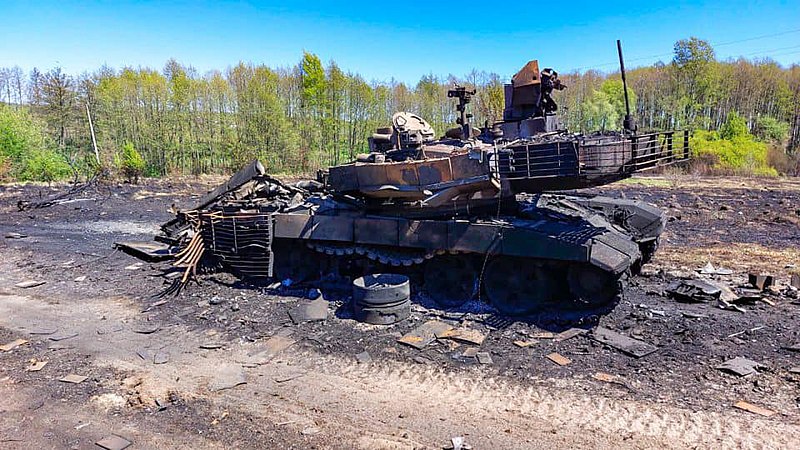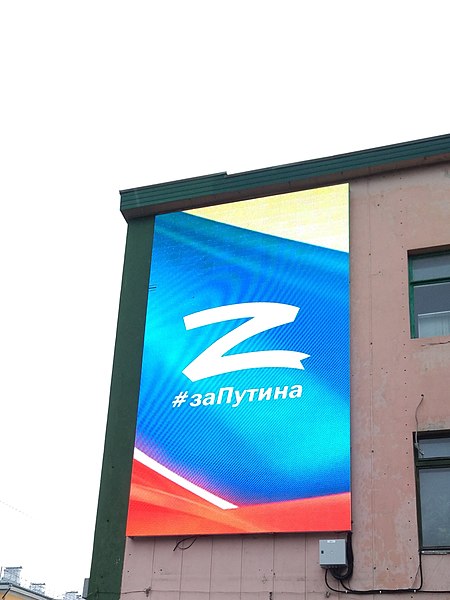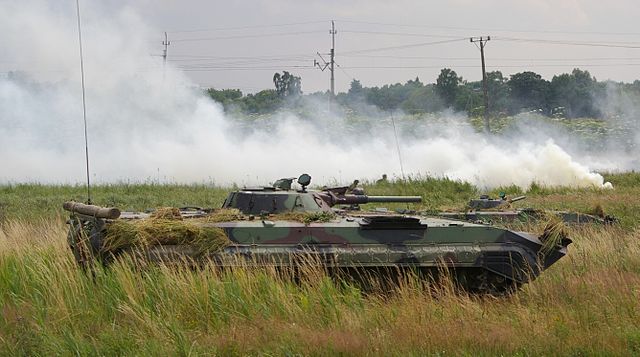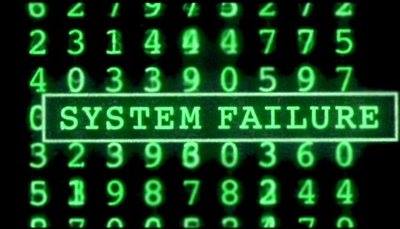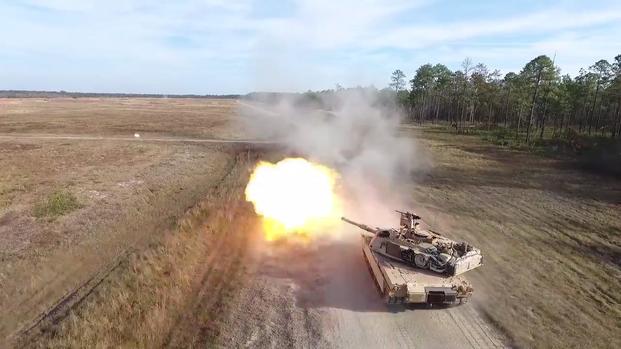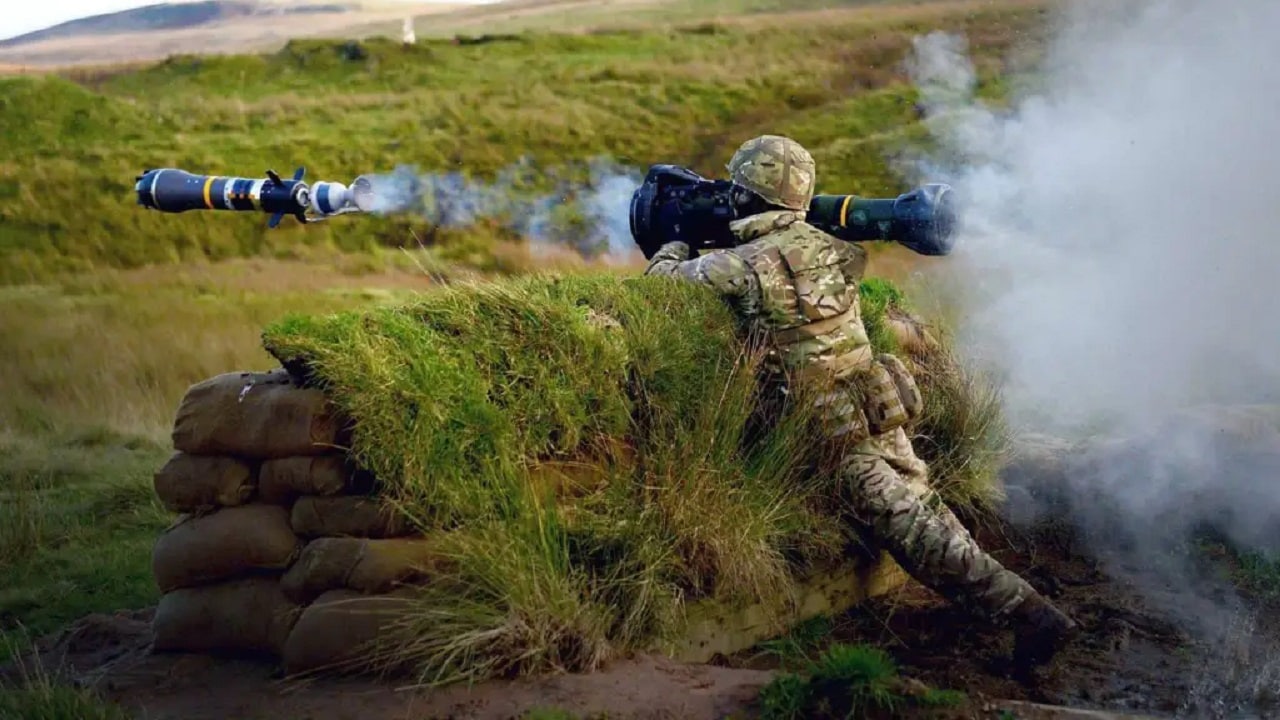My article from CEPA (Center for European Policy Analysis). Read the full text following this link.
In reality, the absence of cyber-attacks beyond Ukraine indicates a very rational Russian fear of disclosing and compromising capabilities beyond its own. That is the good news. The bad news is that the absence of a cyber-offensive does not mean these advanced capabilities do not exist.
From the text.
“The recent cyberattacks in Ukraine have been unsophisticated and have
had close to no strategic impact. The distributed denial-of-service (DDoS) cyber-attacks are low-end efforts, a nuisance that most corporations already have systems to mitigate. Such DDoS attacks will not bring down a country or force it to submit to foreign will. These are very significantly different from advanced offensive cyber weapons. Top-of-the-range cyber weapons are designed to destroy, degrade, and disrupt systems, eradicate trust and pollute data integrity. DDoS and website defacements do not even come close in their effects.
A Russian cyber-offensive would showcase its full range of advanced offensive cyber capabilities against Ukraine, along with its tactics, techniques, and procedures (TTP), which would then be compromised. NATO and other neighboring nations, including China and Iran, would know the extent of Russian capabilities and have effective insights into Russia’s modus operandi.
From a Russian point of view, if a potential adversary understood its TTP, strategic surprise would evaporate, and the Russian cyber force would lose the initiative in a more strategically significant future conflict.
Understanding the Russian point of view is essential because it is the Russians who conduct their offensive actions. This might sound like stating the obvious, but currently, the prevailing conventional wisdom is a Western think-tank-driven context, which in my opinion, is inaccurate. There is nothing for the Russians to strategically gain by unleashing their full, advanced cyber arsenal against Ukraine or NATO at this juncture. In an open conflict between Russia and NATO, the Kremlin’s calculation would be different and might well justify the use of advanced cyber capabilities.
In reality, the absence of cyber-attacks beyond Ukraine indicates a very rational Russian fear of disclosing and compromising capabilities beyond its own. That is the good news. The bad news is that the absence of a cyber-offensive does not mean these advanced capabilities do not exist.”
Jan Kallberg


